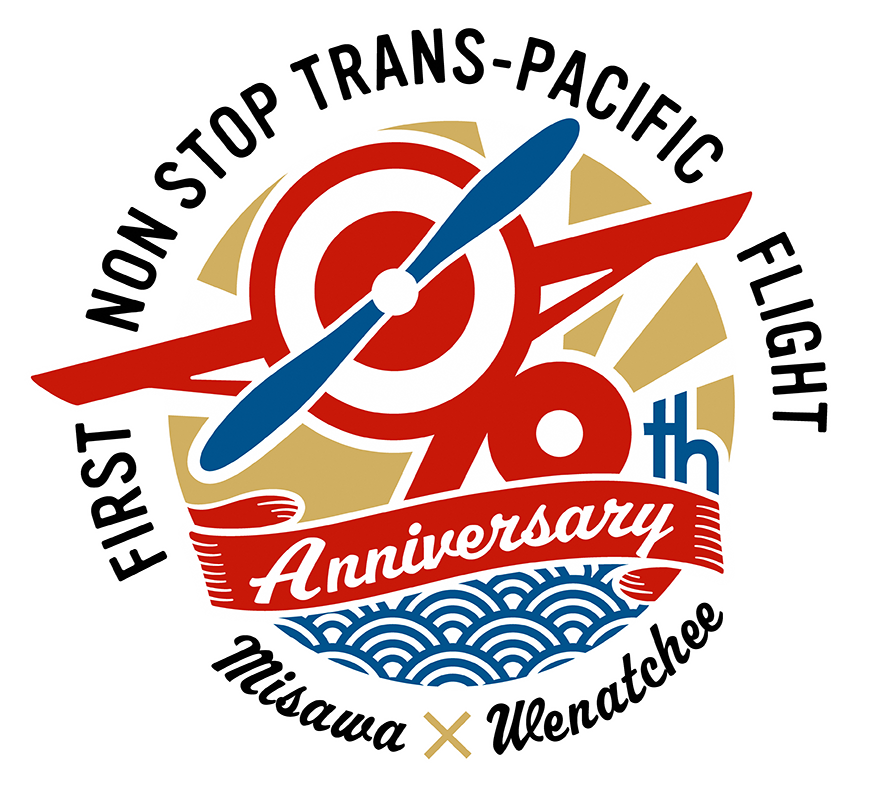5 Historic Flight Attempts
From 1930 to 1932, four American crews and one Japanese crew attempted to fly across the Pacific Ocean from Sabishiro Beach.
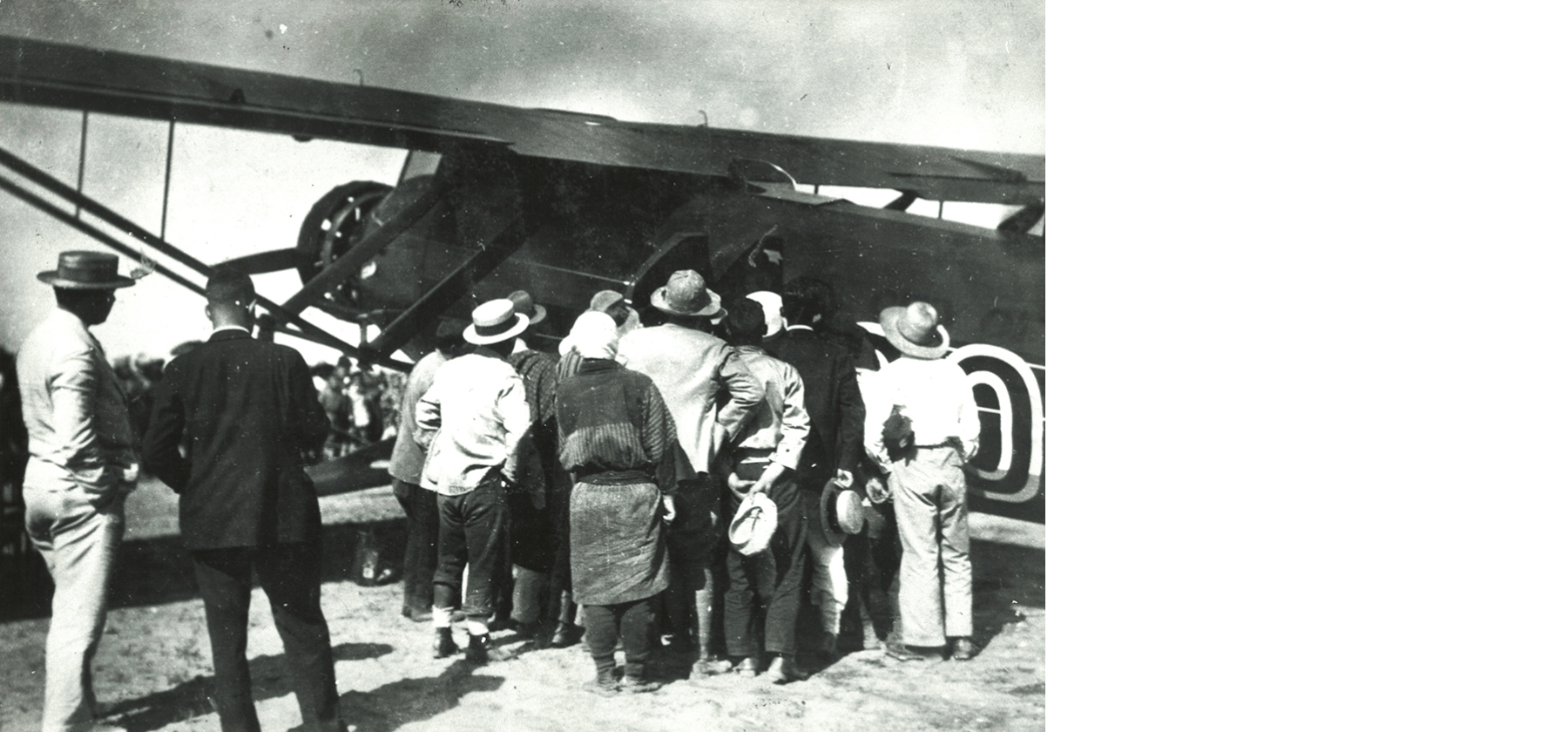
First Attempt (Failure)
September 1930 Aviators
Harold Bromley and Harold Getty (United States)
Aircraft Name: “City of Tacoma”
Took off from Sabishiro Beach on September 14, 1930 but returned to Japan mid-flight due to a carbon monoxide leak from the exhaust pipe, making an emergency landing north of Misawa on Shitsukari Beach. The plan was later abandoned due to the prolonged after effects of carbon monoxide poisoning and bad weather.
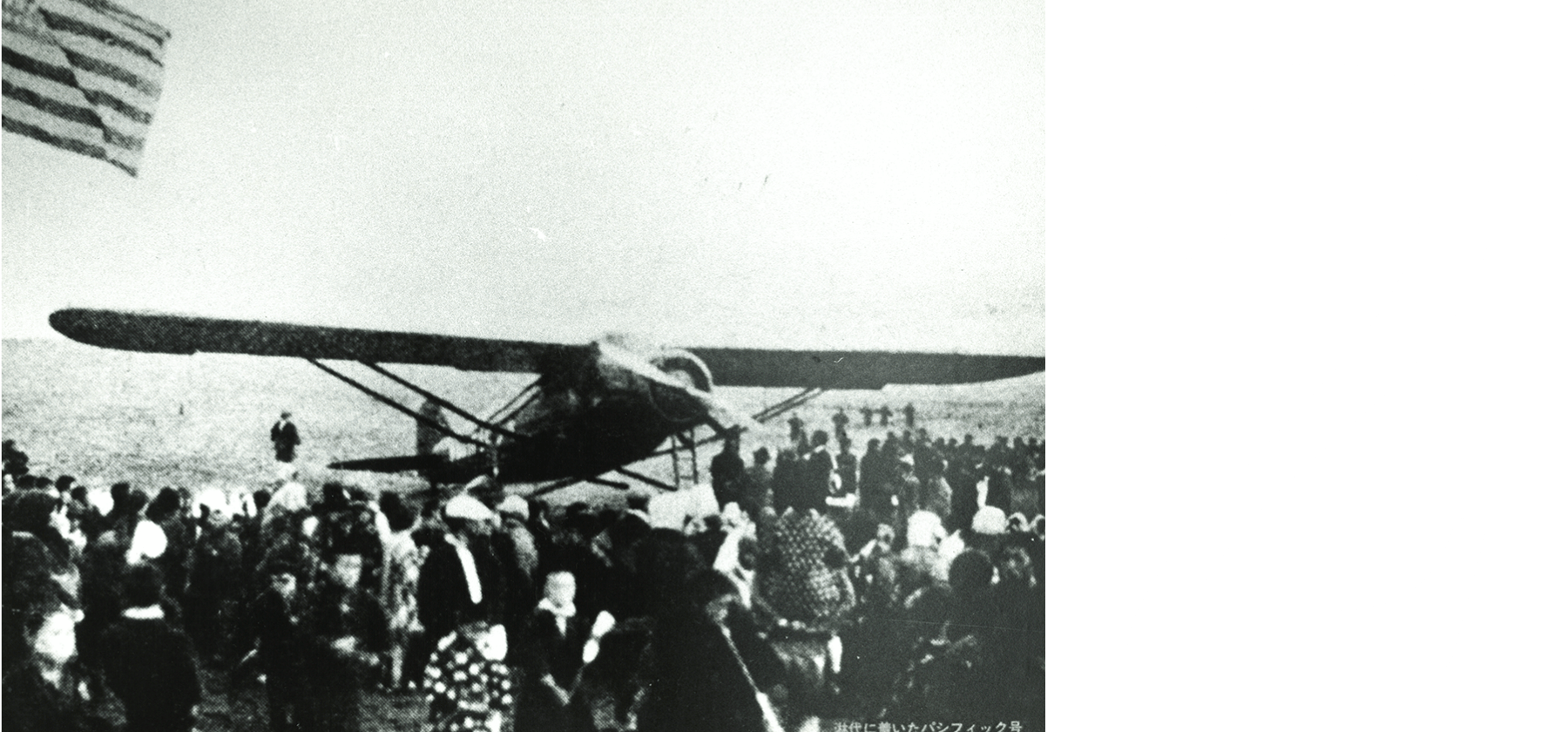
Second Attempt (Failure)
May 1931 Aviator
Thomas Ash (United States)
Aircraft: The “City of Tacoma,” modified and renamed “The Pacific” Attempted to depart on May 31, 1931 but failed to take off due to insufficient engine speed. While attempts were made to reduce the aircraft’s weight, the plane was ultimately deemed incapable of the journey and the plan was abandoned.
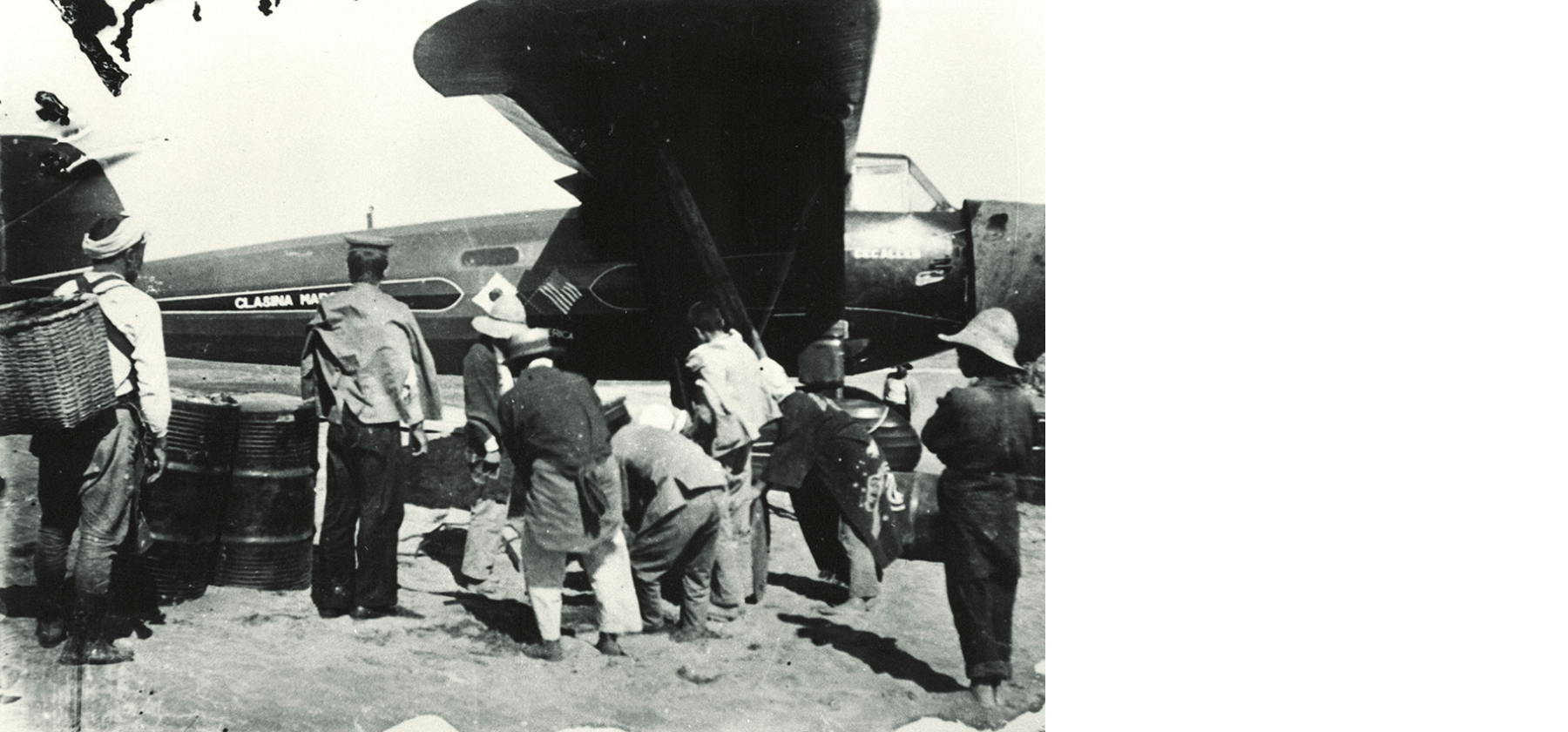
Third Attempt (Failure)
September 1931 Aviator
Don Moyle and Cecil Allen (United States)
Aircraft: “The Pacific,” modified and renamed “Clasina Madge” Although the takeoff on September 8, 1931 from Sabishiro Beach was successful, the pilots were forced to abandon their plan and land on an uninhabited island due to a gasoline leak. They had been missing for over one week when they took off again and landed in Minopiriguin*, Russia, the farthest their fuel could to take them. After receiving fuel and supplies, they arrived in Tacoma, Washington thirty days after their initial departure.
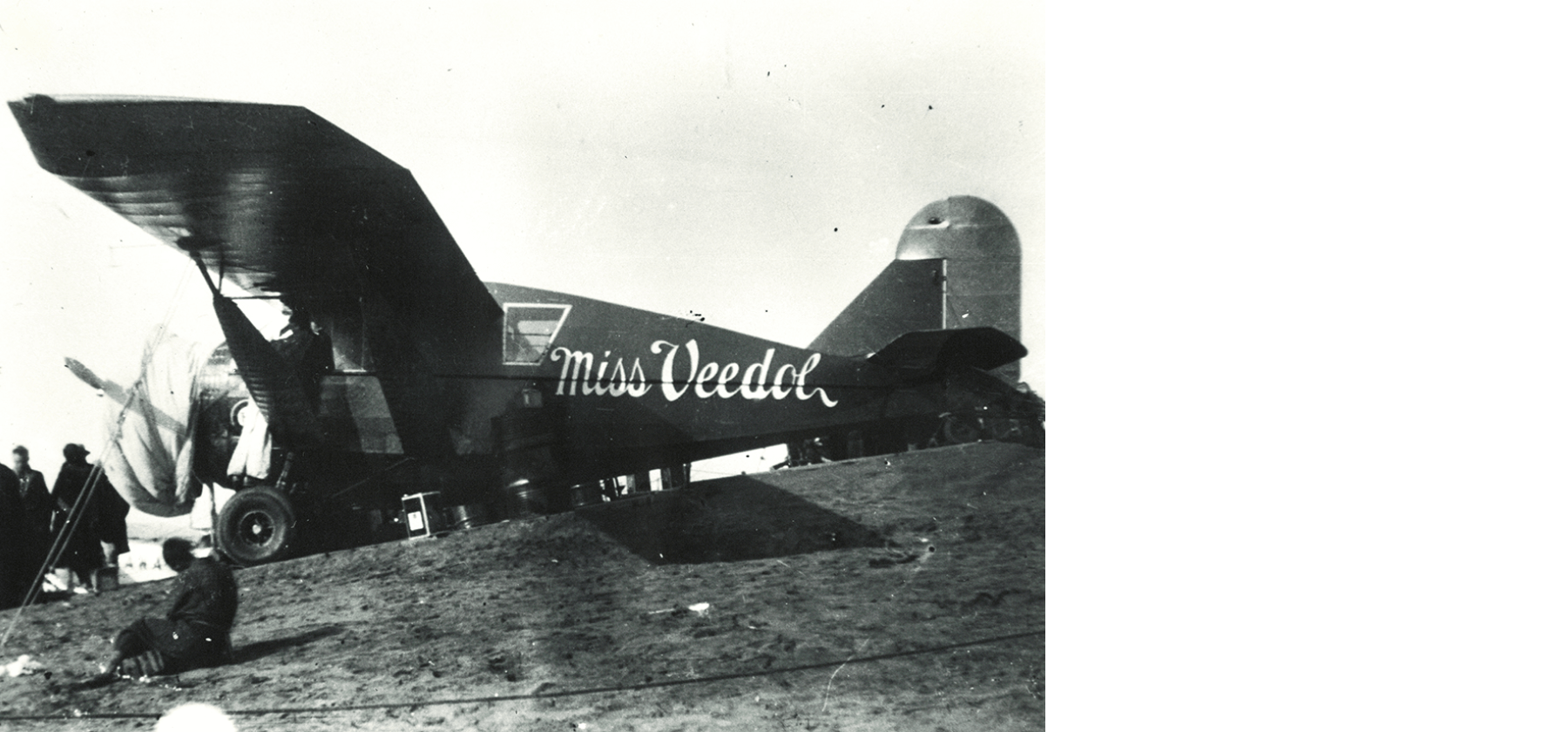
Fourth Attempt (Success)
October 1931 Aviators
Clyde Edward Pangborn and Hugh Herndon, Jr. (United States)
Aircraft: “Miss Veedol,” a new, high-performance aircraft named after the oil company run by Herndon’s family. The two had initially attempted to set the record for fastest round-the-world flight but later realized that breaking the current record would be impossible. They then reorganized and modified their goal to achieving the first nonstop transpacific flight. Pangborn and Herndon took off from Sabishiro Beach at around seven AM on October 4, 1931. After deciding that the “rewards outweigh the risks,” they decided to go against common aviation practice at the time and attempt a high altitude flight. They achieved their goal in spectacular fashion after an over 41 hour flight, becoming the first in the world to accomplish such a feat.
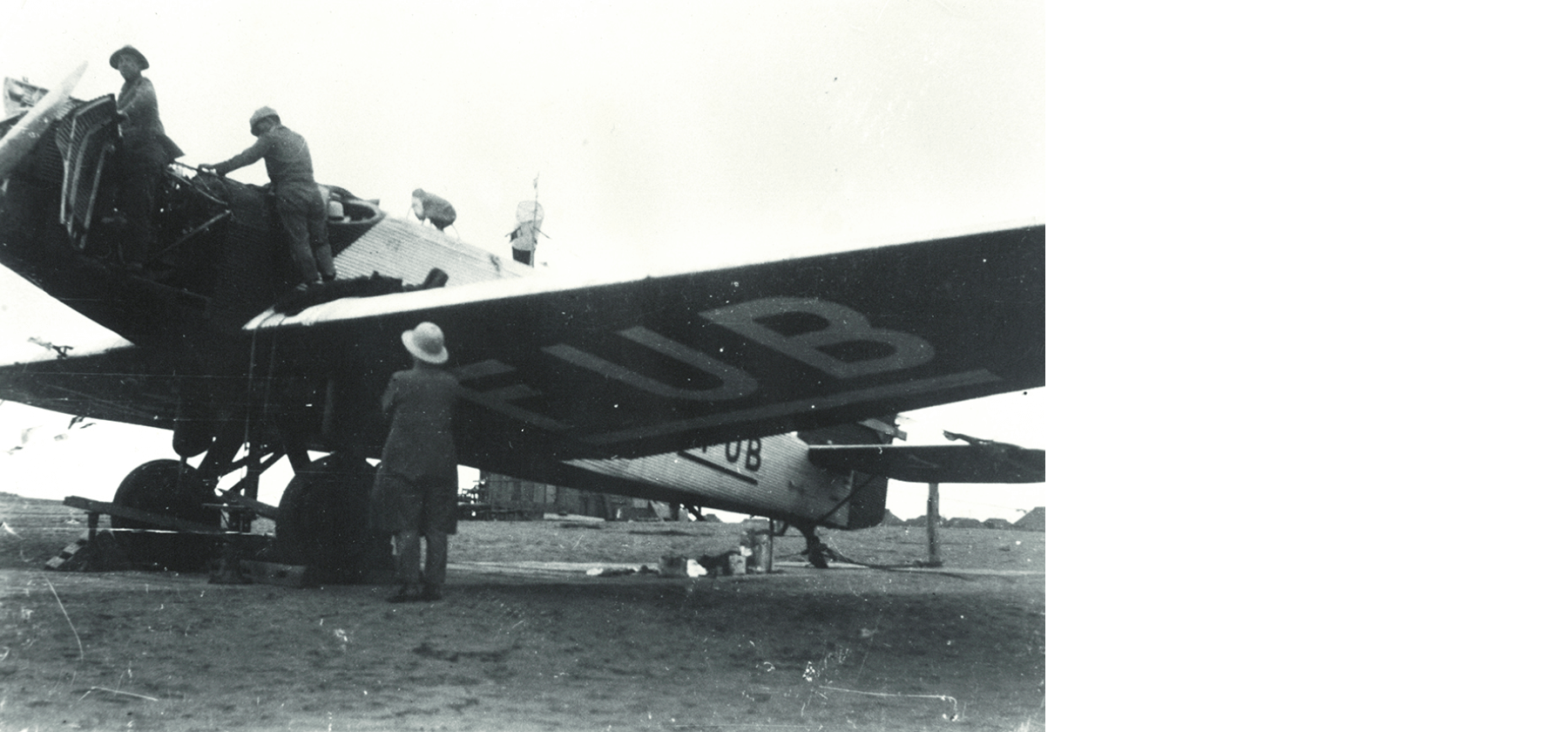
Fifth Attempt (Failure)
September 1932 Aviators
Captain Kiyoshi Homma, pilot Eiichiro Baba, and radio operator Tomoyoshi Inoshita (Japan)
Aircraft: “Daisan Houchi Nichibei Gou” (lit: Third Houchi Japan-America), named after the third transpacific flight plan by the Japanese Houchi Newspaper Company. On September 24, 1932, roughly one year after the first successful nonstop transpacific flight, the crew took off from Sabishiro Beach after multiple failed attempts due to strong crosswinds. However, they soon lost contact with the ground. After a large-scale search failed to locate the pilots, the flight was deemed to have crashed at an unknown location. There is a memorial monument for the three aviators at Shouwadai in Misawa City.
Reference:”Fly high, Steady and Straight, Miss Veedol” written by Kouichi Ito, Green Arrow Publishing
